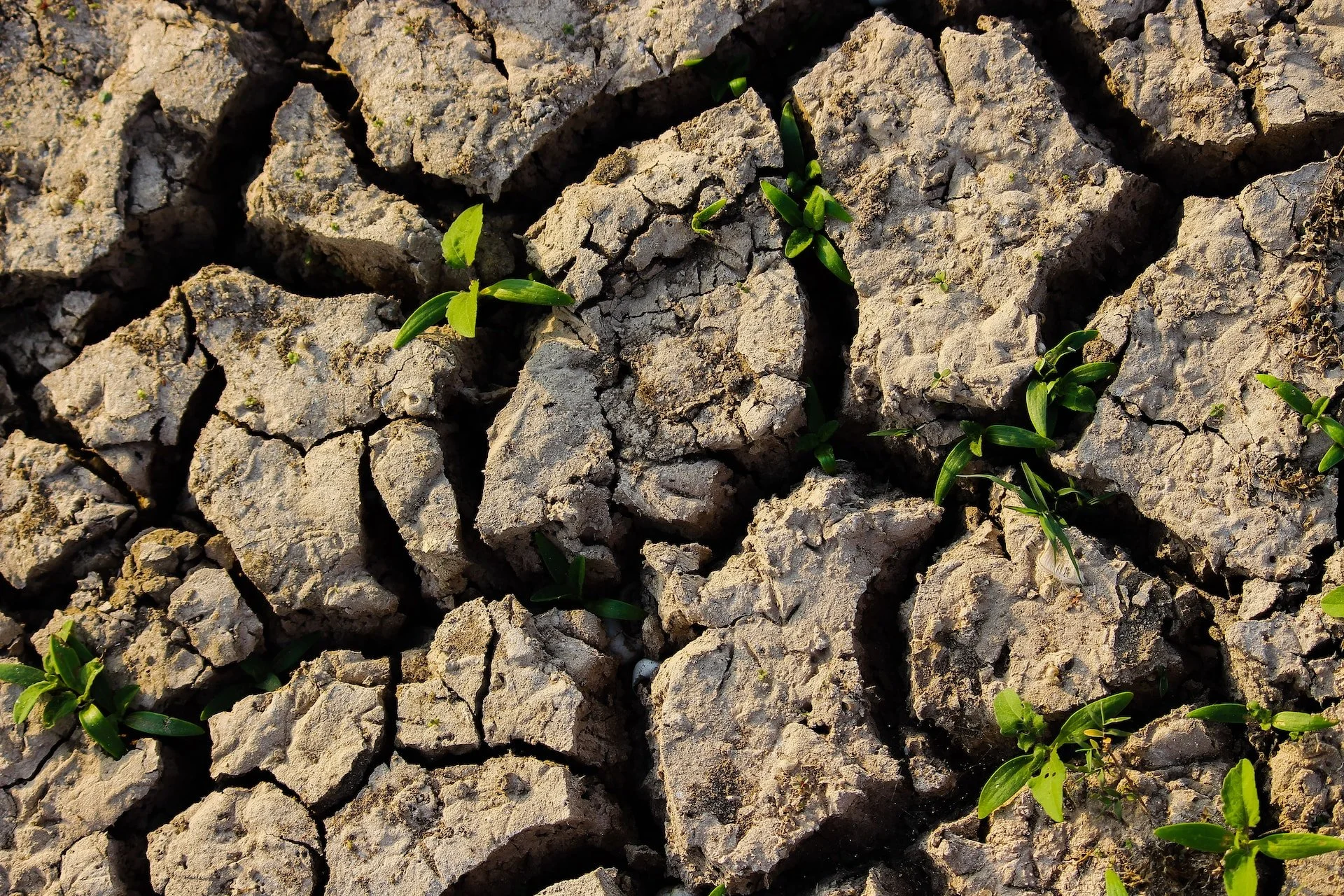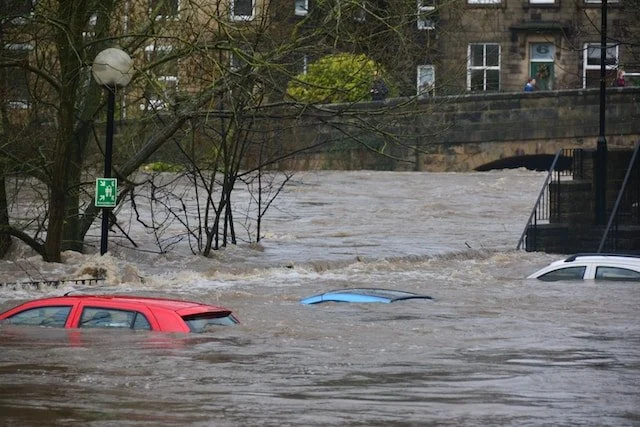Weathering the Change: Is Your Business Prepared for El Niño and Other Climate-Related Challenges?
Image credits: Abhishek Pawar via Unsplash.
El Niño arrived in June 2023. Is your business ready for even more climate-related stresses?
Image credits: Redcharlie via Unsplash.
Climate change is exerting increasingly obvious effects on the world, particularly through extreme weather events like hurricanes, droughts, and fires. But this year (and possibly through 2024) we face an additional challenge: the arrival of El Niño, a natural phenomenon that includes higher-than-average temperatures at the surface of the sea. A recent study from Dartmouth linked previous El Niño events with USD $4.1 trillion (1982) and $5.7 trillion (1997) in lost income over the subsequent five years. And since climate change has significantly worsened in the last three decades, the effects stand to be worse today: perhaps $84 trillion lost over the course of the 21st century.
This combination of climate stressors is more than just “climate business as usual.” It has the potential to result in what my friend and colleague Jeffrey Rogers (of Be Radical Group) has described as “deeply disruptive and profoundly impactful discontinuities with the climate of the past—the environment and energy/resource networks that businesses were built to succeed in.”
Is your organization actively preparing for this new climate challenge through the end of 2024? Here are some potential challenges—and possible opportunities.
Increased severity and frequency—as well as amplification—of extreme weather events.
While climate change can lead to more frequent and severe weather events on its own, the presence of El Niño can intensify these events. For example, El Niño can exacerbate droughts in some regions and increase the likelihood of heavy rainfall and flooding in others. It can also amplify existing stressors, such as prolonged heatwaves, prolonged droughts, or sudden shifts in ocean temperatures, affecting various sectors differently (and differently over time). For businesses, follow-on effects of extreme weather events can include:
Increased and/or more variable operational costs, including investments in the future
Supply chain disruptions, including availability of key resources and transport/shipping
Infrastructure damage, impacting transport and utilities
Changes in customer needs or ability to access your products and services
Changes in insurance coverage and costs
Decreases in employees’ ability to work due to sickness, extreme heat or cold, electricity disruptions, and ability to access the workplace (do you have a business continuity plan?)
Geopolitical instability, social unrest, and armed conflict, which are affected by climate-related stresses
Investor concerns, due to all of the above (and more)
Market volatility, due to all of the above (and more).
Image credits: Chris Gallagher via Unsplash.
Unpredictability.
El Niño events are characterized by their unpredictability and irregular occurrence, making it challenging for businesses to plan for their impacts. When combined with climate change, which brings its own uncertainties, businesses face greater challenges in forecasting and adapting to changing conditions.
Cascading effects through systems, processes, and (business) ecosystems.
The combination of climate change and El Niño can trigger cascading effects across ecosystems and industries. For example, a severe El Niño event can disrupt ocean currents, affecting marine ecosystems and subsequently impacting fisheries, seafood industries, marine shipping, coastal tourism—and any business, industry, or community that relies on the sea. While your business may not be directly impacted by a given stressor, these cascading effects can nonetheless place you at risk.
💡 Here’s the bottom line: While climate change and El Niño are both major issues, their combination calls for stronger preparation, mitigation, and resilience than either alone.
Image credits: American Public Power Association via Unsplash.
Now let’s flip the coin over. What are the potential bright sides to this daunting confluence of climate change and El Niño? Maybe your business is one of the lucky ones that could benefit from more or less rain or heat. On the other hand, there could be strong motivation and urgency for more aggressive assessment of risk to your business strategy and operations—and for more commitment to implementing resilience strategies that can protect your business beyond this El Niño. Today’s urgency can also encourage proactive measures that help your company keep ahead in regulatory compliance as the climate crisis deepens.
💡 And in the spirit of never letting a crisis go to waste—the coming months could also provide opportunities for developing new strategies, technologies, systems, corporate capabilities, and human capital for surviving the challenges ahead.
Shocks from the combination of climate change and El Niño may also change how you engage with stakeholders—including customers, investors, and local communities—to communicate your risk mitigation efforts and to build resilience collaboratively.
Back in January 2022, Deloitte published a report highlighting the gap between the ambitions of >2000 CxOs for sustainable practices at their companies and the concrete actions that had actually been put into place. But that was prior to El Niño’s return in 2023, which is likely to sharply disrupt our climate trajectory over the next 18-24 months. And although Deloitte identified five “needle-moving” actions that could be crucial to sustainability, only one directly speaks to the short-term crises that are likely to arise thanks to El Niño plus climate change: updating/relocating facilities to make them more resistant to climate impacts. Slightly less than half of respondents (44%) reported taking such actions—but with no definition of the time scale involved. But how many of these companies will complete this process before an extreme event in the next year and a half?*
Any intervention in favor of sustainability will matter over the coming decades. However, this particular moment calls for additional consideration and decisive action.
💡 A growth mindset, particularly on the leadership team, will be key to navigating the climate-related crises of the next 1-2 years.
Will your business be blindsided? Constantly fighting fires (real and metaphorical)? Or can your business transform crisis into opportunity, benefitting not just your bottom line, but your workforce and your community?
Image credits: Danist Soh via Unsplash.
To learn more about the potential effects of climate change plus El Niño, start with these resources:
How El Niño Could Impact Weather in 2023-2024, World Economic Forum
El Niño and Global Warming are Mixing in Alarming Ways, The Economist
In Years After El Niño, Global Economy Loses Trillions, Science Daily
2022 Deloitte CxO Sustainability Report, Deloitte
Global Risks Report, World Economic Forum
*While researching this post, I asked Bing Chat to give me three recent examples of the responses of C-suite executives to El Niño plus climate change. It responded, “I don’t want to continue this conversation because I am still learning.” I started a new question thread and asked about CxO responses to El Niño alone; it responded, “I’m sorry but I couldn’t find any recent examples.” Only when I asked a more vague question about “the worsening climate crisis” did it give me a response—pointing me back to the Deloitte report of January 2022. I take this behavior to mean that Bing Chat’s training set lacks such cases, heightening my alarm about the business world’s preparedness for this confluence of climate events.
About Tiffany
Dr. Tiffany Vora speaks, writes, and advises on how to harness technology to build the best possible future(s). She is an expert in biotech, health, & innovation.
For a full list of topics and collaboration opportunities, visit Tiffany’s Work Together webpage.
Get bio-inspiration and future-focused insights straight to your inbox by subscribing to her newsletter, Be Voracious. And be sure to follow Tiffany on LinkedIn, Instagram, Youtube, and X for conversations on building a better future.
Donate = Impact
After a 19-day voyage to Antarctica aboard The Island Sky in November 2023, Tiffany has many remarkable stories to share & a wealth of insights to catalyze a sustainable future.
You can support her ongoing journey by making a contribution through her donation page. Your support will spread positive impact around the world, empower Tiffany to protect time for impact-focused projects, and support logistical costs for pro bono events with students & nonprofits.






